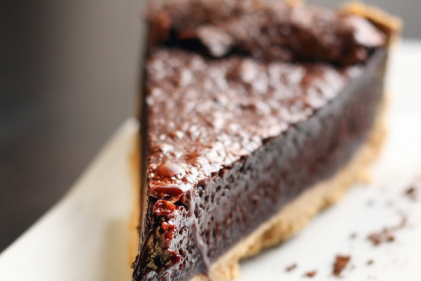Atopic dermatitis is the most common form of eczema and is the one parents are most familiar with. However there are many terms used to describe specific forms of eczema. Here is a list of the different types and a brief description:
Atopic dermatitis
Atopic dermatitis is a chronic skin condition. The symptoms are itchy, reddened skin. This is the most common form of eczema. This condition tends to come and go, depending on exposure to triggers and irritants. Soaps, detergents, perfumes, pollen, pollutants, and some jewellery can cause atopic dermatitis. This tends to run in families.
Contact eczema
Contact eczema (contact dermatitis) is a localised reaction. Skin becomes red, itches and burns when it is in contact with allergens. Cleaning agents, detergents, soaps, cosmetics, fabrics, nickel, clothing and perfume are all allergens that can cause this type of eczema.
Seborrheic eczema
Seborrheic eczema (seborrheic dermatitis) is when the skin inflames for unknown reasons. Symptoms include yellowish, oily, scaly patches of skin on the scalp, face and occasionally other body parts. Dandruff and cradle cap in infants are examples of seborrheic eczema. This condition does not necessarily itch. Stress, oily skin and whether conditions may increase a person’s risk of developing this tyle of eczema.
Nummular eczema
Nummular eczema (nummular dermatitis) is usually found on the arms, back, buttock and lower legs. There may be crusting, scaling and extreme itchiness. This is very uncommon and usually occurs in elderly men.
Neurodermatitis
Neurodermatitis is caused by a scratch-itch cycle that begins with a localized itch (such as an insect bite) that becomes irritates when scratches. This condition is most common in people between the ages of 20 and 50. It leads to scaly patches of skin on the head, lower legs, wrist and forearms. Over time the skin may become thickened and leathery. Stress can exacerbate the condition.
Dyshidrotic eczema
Dyshidrotic eczema (dyshidrotic dermatitis) occurs on the soles of the feet and palms of the hands. Symptoms include deep blisters that itch and burn. The causes are unknown. This form of eczema occurs in up to 20% of people with hand eczema and is more common during the spring and summer months and in warmer climates. The condition can occur in people of any age.











